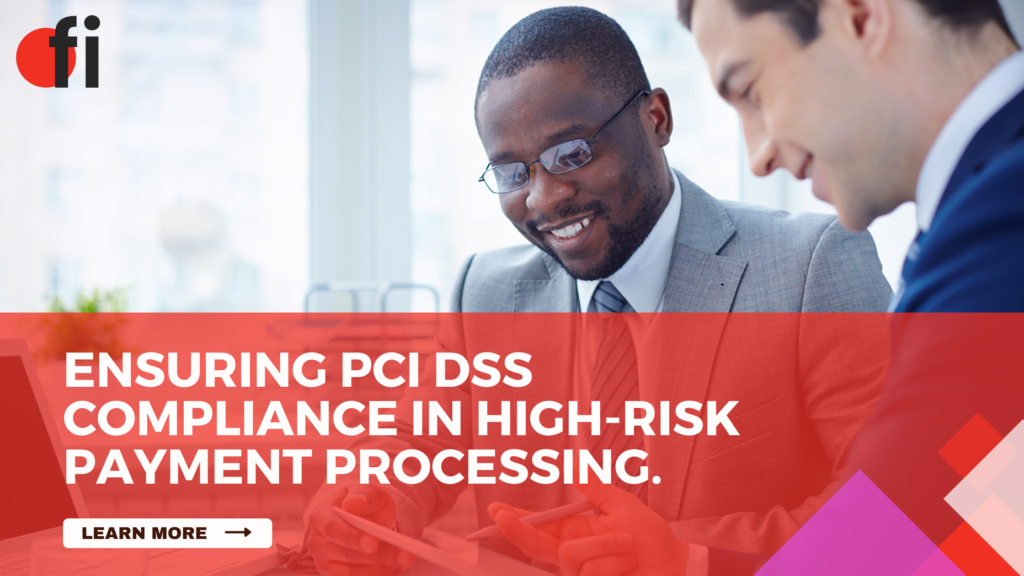Introduction
In today’s digital landscape, securing sensitive customer payment data is of utmost importance for businesses, especially those operating in high-risk payment environments. One critical framework that helps organizations protect cardholder data is the Payment Card Industry Data Security Standard (PCI DSS). In this blog, we will explore Ensuring PCI DSS compliance in high-risk payment processing environments and discuss essential steps businesses can take to meet these stringent security requirements.
Understanding PCI DSS
- Explaining the PCI DSS and its purpose in safeguarding cardholder data.
- Highlighting the importance of PCI DSS compliance for businesses in high-risk industries.
- Outlining the specific PCI DSS requirements relevant to high-risk payment environments.
Challenges of PCI DSS Compliance in High-Risk Payment Environments
- Identifying the unique challenges faced by businesses operating in high-risk industries.
- Discussing the impact of these challenges on achieving and maintaining PCI DSS compliance.
- We are providing real-life examples of compliance issues faced by high-risk businesses.
Key Strategies for Achieving PCI DSS Compliance in High-Risk Payment Environments
- Conducting a thorough risk assessment to identify vulnerabilities and potential risks.
- Implementing robust security measures such as encryption, tokenization, and access controls.
- Establishing secure payment processing practices and ensuring data integrity.
- Educating employees on security best practices and fostering a culture of compliance.
- Regularly monitoring and auditing security controls to maintain compliance.
The Role of Payment Service Providers (PSPs)
- Exploring how partnering with a reliable payment service provider can facilitate PCI DSS compliance.
- Highlighting the benefits of leveraging PSPs’ expertise in high-risk payment environments.
- Discussing the importance of selecting a PSP that prioritizes security and compliance.
Staying Ahead of Evolving Threats
- Addressing the ever-evolving nature of cybersecurity threats and the need for ongoing vigilance.
- Providing insights on emerging security technologies and best practices to enhance PCI DSS compliance.
- Emphasizing the importance of continuous monitoring and proactive risk management.
Conclusion
Achieving and maintaining PCI DSS compliance is critical for businesses operating in high-risk payment environments. By understanding the challenges unique to their industry, implementing robust security measures, and partnering with trusted payment service providers, businesses can strengthen their security posture and protect cardholder data. Embracing a proactive approach to compliance helps mitigate risks, build trust with customers, and safeguard the reputation of high-risk businesses.
Remember, compliance is an ongoing journey, and staying vigilant is key to ensuring the security and integrity of payment transactions in high-risk environments. Start by assessing your current practices, addressing any gaps, and implementing a comprehensive PCI DSS compliance strategy. With the right approach and support, businesses can navigate the complexities of high-risk payment processing while maintaining the highest standards of security.
Finvert is here to help businesses in high-risk industries achieve PCI DSS compliance and strengthen their payment security. Contact us today to learn more about our tailored solutions and industry expertise.

